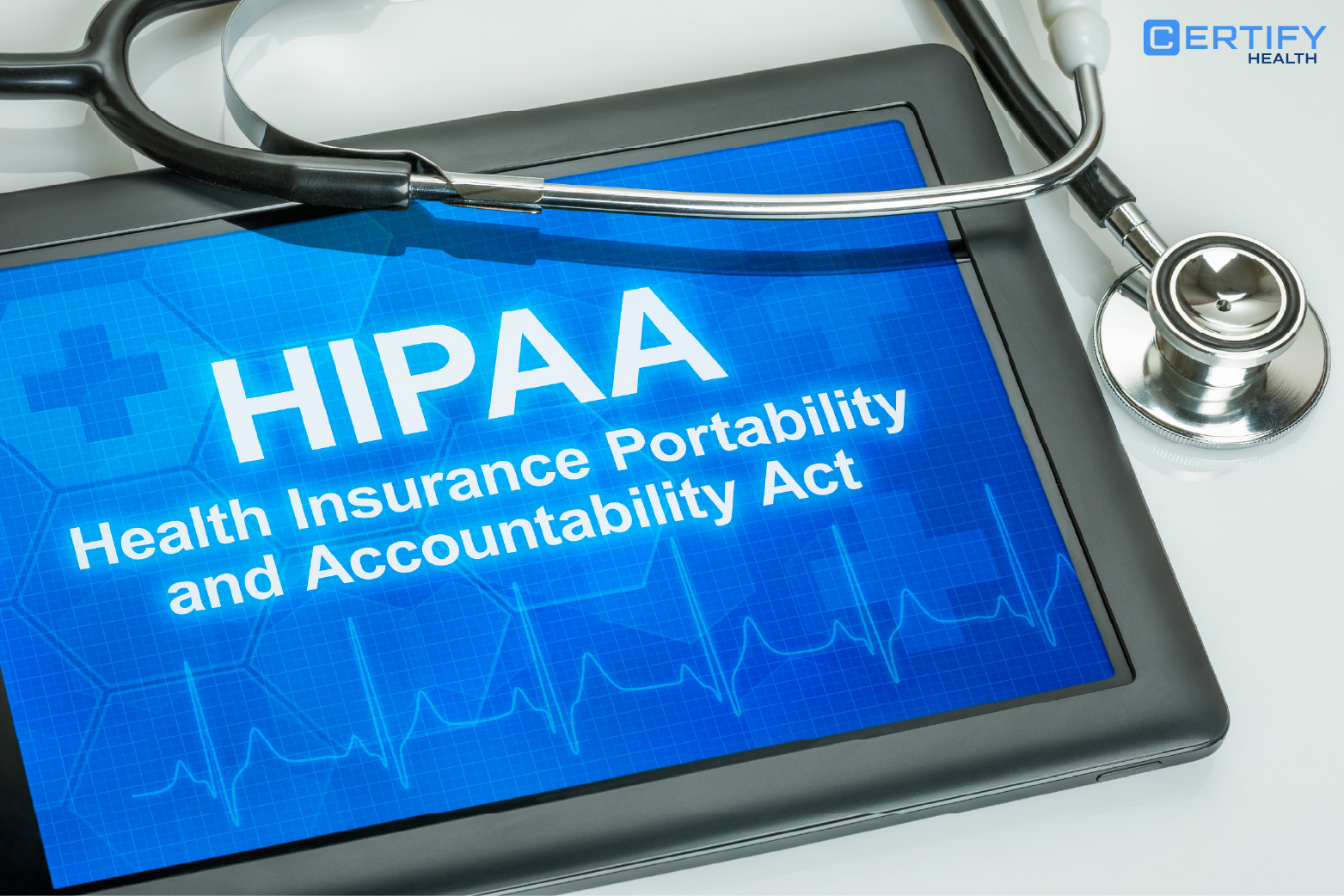Patient-provider communication is the cornerstone of your healthcare practice’s success. Lack of good communication significantly impacts patient experience, staff efficiency, and the practice’s revenue.
A study revealed that 80% of medical errors in healthcare occur due to inefficient communication among care providers. This highlights the need for a solution that enhances patient-provider communication and streamlines workflow, ensuring seamless communication among patients, staff, nurses, and doctors.
This blog will take you through 9 best practices for improving patient communication, highlight game-changing solutions that can enhance patient experience and retention, and improve the practice’s revenue.
List of 9 Best Practices for Effective Communication in Healthcare
1. Patient Health Literacy
Good patient-provider communication is dependent on patient health literacy. It means how much your patients can understand you or how well they can use the information to make health decisions or actions for improved health.
However, to enhance patient health literacy, healthcare providers must focus on patient education and help them understand what you explain, be it about diagnosis, their health condition, or adherence to treatment plans.
Improving health literacy should also mean removing language barriers by hiring diverse staff who can speak more than one language to decrease the language barrier.
2. Soft Communication Skills Training
Improving patient-provider communication also necessitates good soft communication skills. Train your staff, physicians, and nurses to utilize interpersonal skills such as active listening, empathy, and clarity to build trust and better understanding.
Active listening is essential for ensuring patients feel heard, understanding their issues deeply, and making informed decisions. Empathy is crucial as it helps practices win patients’ trust by relating to their concerns, and clarity is essential, as previously mentioned, to ensure that patients comprehend what you are conveying.
3. Shared Decision Making
Good patient-provider communication is all about engaging patients. Providers should not only ask their patients questions but also encourage patients to ask any questions they have about their health and treatment plans.
It helps patients decide what might work best for them and helps providers meet their expectations by suggesting improved treatment plans. Patient centered communication not only improves decision making and loyalty but also improves patient health literacy and helps avoid rehospitalization.
4. Elevating Patient Workflows
Outdated manual workflows often increase your staff workload, making it difficult for them to communicate with patients. Poor communication results in patient dissatisfaction, staff burnout, trouble in taking on new patients, and ultimately worse outcomes.
Using digital solutions like CERTIFY Health’s patient management platform can improve your workflow by automating it, freeing up front-desk staff to focus on patient care. Your practice staff actively responds and interacts with patients by sending post-visit summaries and follow-up appointment reminders rather than getting involved with these time-consuming manual tasks.
5. Implementing Secure Direct Messaging
Implementing secure direct messaging tools at your practice can help improve patient-provider communication. As soon as your patients start booking appointments, practices can use messaging tools for better communication, such as sending out appointment reminders to reduce no-shows. This also helps manage your practice appointments efficiently and avoid revenue loss.
Solution like CERTIFY Health’s patient communication tool offers several messaging features, including:
- SMS/Email Triggers
- Two-way Texting
- Pager Communications
- Broadcast Messaging
- Queue Notifications/ Wait-time Dashboard
CERTIFY Health also helps practices send timely payment reminders to streamline revenue collections and reduce payment delays.
6. Utilizing a Secure Patient Portal
Patient Portal offers many benefits to your practice staff and patients, the top benefit being appointment scheduling. Online scheduling helps collecting all necessary patient information before their appointment, making each office visit much less complicated and stressful.
This streamlined communication reduces the need for lengthy phone calls to book appointments, saving time for both staff and patients. CERTIFY Health’s patient scheduling software to book appointments at their convenience (24×7) and even fill digital intake or insurance verification prior to their visit.
7. Improving Follow-up Visits
Good patient-provider communication involves not only engaging patients before their appointment but also after their appointment. Sending them reminders on follow-up visits enhances patient engagement and retention.
CERTIFY Health’s patient engagement platform enables practices to send automated reminders for future follow-ups, ensuring patients stay informed and engaged with their journey. Our platform makes follow-up visits more effective, enhancing patient satisfaction, maintaining financial stability, and refining care delivery.
Did you know? 💡
Follow-up compliance—a patient’s adherence to prescribed treatments, follow-up visits, and lifestyle changes—is critical for managing chronic conditions and improving health outcomes. Yet, studies show that 50-60% of patients do not follow their treatment plans after an appointment, leading to readmissions.
This highlights the need for an effective patient communication system that keeps patients engaged through automated reminders and two-way texting, ensuring better adherence and improved long-term health.
8. Analyzing Patients with Survey Tools
Collecting patient feedback post-visit shows that the practice values and hears the voices of their patients. This feedback helps them to measure the patients’ satisfaction levels and improve engagement.
CERTIFY HEALTH allows practices to send actionable feedback through a post-visit patient survey tool. With our platform’s survey tool, you can
- Improve the quality of work
- Measure patient satisfaction level
- Show trends or patterns
- Evaluate staff performance
- Mitigate litigation risks
9. Compliance and Security for Messaging
Conclusion:
Improving patient-provider communication is essential for promoting patient satisfaction, streamlining operations, and maintaining cash flow through retention. Best practices such as improving patient health literacy, training staff, and leveraging solutions like patient portals, secure messaging, etc., can help improve patient communication in healthcare.
Explore how CERTIFY Health is a game-changing solution for improving patient-provider communication in healthcare. It reduces staff overload by sending automated reminders, patient convenience with self-scheduling and secure direct messaging, and increases revenue by retaining patients through seamless communication and easy payment collection.
To learn more about CERTIFY Health, book a personalized demo or read our blog on “Streamlining Patient-Provider Communication with CERTIFY Health.”











